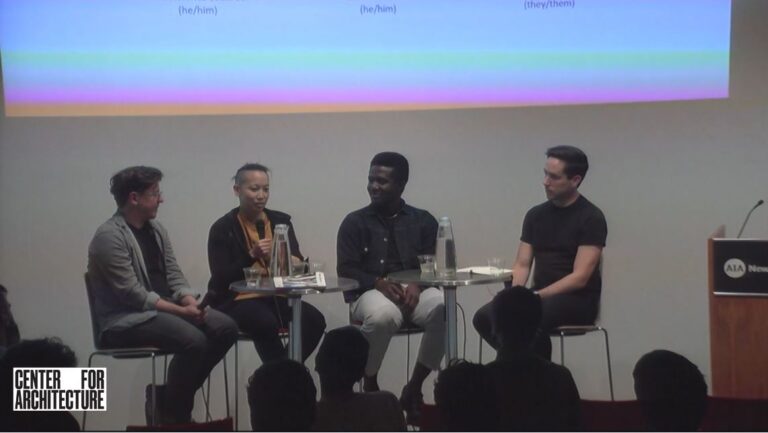Accessibility and universal design elements were seamlessly implemented throughout the Ford Foundation building with new entrances, ramps, accessible lifts, and adjustable furniture. In the landmarked garden atrium, a new brick pathway increases wheelchair access by 50 percent and allows for more inclusive circulation, including a touch-and-smell garden for the visually-impaired with Braille totem signage. The garden, originally designed by modernist landscape architect Dan Kiley, was restored to bring back the original aesthetic and incorporates state-of-the-art lighting. Previously, private offices lined the atrium perimeter, giving a select group the most privileged views. Today, the few remaining private offices line the outer edge of the building, making the atrium visually accessible to everyone. The renewal of the Ford Foundation retained the existing landmark structure while creating a high-performance interior. Over 50 percent of the existing Warren Platner-designed legacy furniture was restored and reused, brass fixtures were restored and refitted with state-of-the-art lighting technolog, and sustainable materials were incorporated throughout. The building’s performance was significantly enhanced in terms of heat management, lighting, mechanical, electrical, and ductwork, as well as cooling systems using storm water. Without losing the integrity of the original design, the atrium was brought up to code with a new sprinkler system, fire and smoke separation, and full atrium exhaust. The project involved extensive repair and restoration of the distinctive architectural materials, such as Corten steel, skylight glazing, brass, and brick pavers, including fully renovated paving at the porte cochere to incorporate accessibility.
Organized by
AIANY Interiors Committee
Ed Wood, IIDA, Design Director, Principal, Gensler
Jonas Gabbai, Designer, Senior Associate, Gensler


